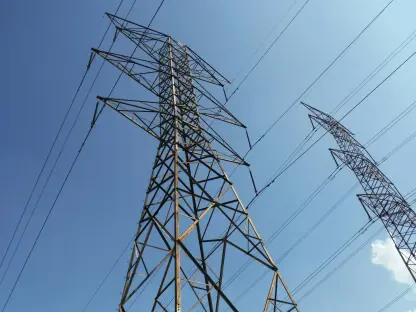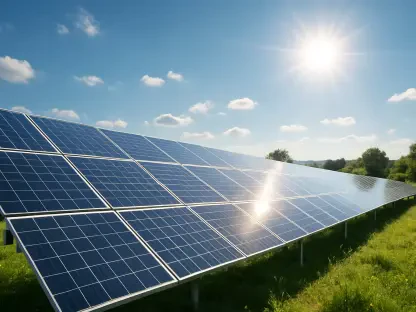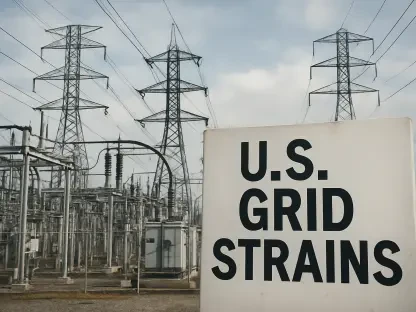Palo Alto, nestled in the heart of Silicon Valley, faces a critical challenge as California’s inherent Mediterranean climate subjects the region to periodic droughts. After experiencing significant rainfall in early 2023 that offered temporary relief, the city continues to enforce stringent water conservation measures to combat the lasting effects of drought. These precautions underscore the importance of wise water usage in maintaining a sustainable water supply for Palo Alto residents.
Implementing Water Use Restrictions
The City of Palo Alto has implemented a series of water use rules aiming to prevent waste and promote efficient water use. Residents are allowed to water their landscapes or turf only during cooler parts of the day, specifically before 10 am and after 6 pm. This is to reduce water evaporation and maximize absorption. Exceptions are made for those using handheld buckets or hoses with shut-off valves, ensuring that water is used only when needed. Additionally, hoses must have nozzles that automatically shut off when not in use to further prevent waste.
Moreover, the mandate extends to preventing water from running into streets or gutters, a common source of water waste. Residents are encouraged to use brooms instead of hoses for cleaning hard surfaces to conserve water. Any leaks must be promptly fixed to avoid unnecessary water loss. These actions are part of Palo Alto’s proactive stance in addressing the drought by optimizing water usage while minimizing waste.
Exploring Alternative Water Supplies
To enhance its water resilience against uncertainties such as multi-year droughts, Palo Alto is working on the “One Water Plan.” This plan assesses alternative water supplies and explores various sources to bolster the city’s water stability. One significant aspect of this initiative is the consideration of potential alternative supplies that could supplement the existing water sources and ensure a more robust water system in the event of prolonged dry periods.
The “One Water Plan” also includes innovative measures like turning off irrigation systems during rainfall and within 48 hours after measurable rainfall, which is defined as at least one-fourth of an inch. Additionally, decorative fountains in the city must be equipped with recirculating systems to minimize water use. These measures are essential in maintaining an efficient and sustainable water supply system that can withstand the rigors of future droughts.
Encouraging Community Involvement
Local authorities are actively promoting various initiatives and educational programs to encourage the community to adopt more water-efficient practices in their daily routines. This approach not only aims to mitigate the immediate impact of drought conditions but also seeks to establish long-term sustainability in water management. Thus, responsible water usage is vital for the ongoing well-being and environmental stability of Palo Alto and its inhabitants.









